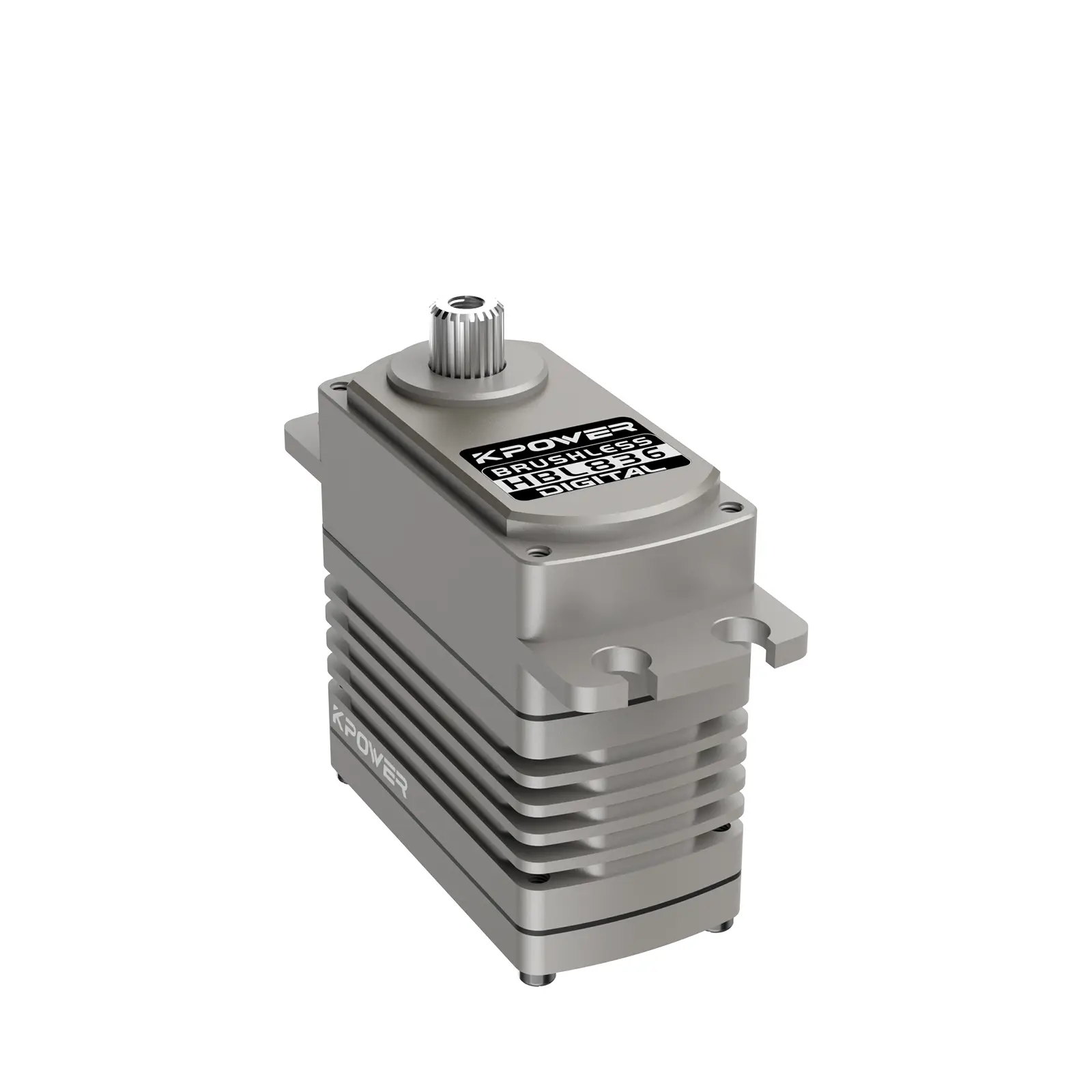Imagine this: you’re tinkering in your workshop, trying to bring a robotic arm to life, and suddenly you hit a snag. The servo motor doesn’t respond the way you want, or maybe you can’t quite understand how to control it smoothly. That's where understanding the “servo motor Arduino function” can turn your project around. It’s like having a switchboard at your fingertips, making complex movements feel natural, precise, and, dare I say, almost effortless.

Servo motors are the workhorses of robotics, essential when you need exact position control. Pairing them with Arduino opens up a universe of potential. The key is knowing how to tell your Arduino exactly what to do. You might have played around with the Servo Library — it's like the Swiss Army knife of controlling servos. Just include it in your sketch, attach the servo to a pin, and you’re set. But what really makes this magic happen? It’s the functions that let you tell your servo to go to a specific angle, sweep through a range, or even hold a position.
For example, calling servo.write(90) tells the servo to turn to 90 degrees. You can even create loops to make it move back and forth smoothly, like a dance. Think about a camera gimbal that adjusts on command or a robotic hand mimicking finger movements. All those are powered by simple functions, but those functions make all the difference in creating a fluid, responsive motion.
People often ask, “Can I control multiple servos with one Arduino?” Absolutely. Just create a list of servo objects, assign each to a different pin, and send commands in sequence. It’s like conducting an orchestra where each instrument is a servo — perfect harmony is within reach as long as you understand how to orchestrate the signals.
The reason this is so effective? Timing and precision. Arduino functions allow you to control speed, position, and duration with ease. They cut down on that guesswork that often comes with simple motor control. Instead of manually calibrating, you’re dialing in exact angles, ensuring your project moves exactly how you envision.
And, of course, the real beauty of this setup is how adaptable it is. Whether you’re making a tiny robot for fun or a larger automation project, the fundamentals stay the same. It’s this simplicity that makes Arduino plus servo control so appealing. It’s a toolkit that’s easy to learn but powerful enough to build complex, engaging machines.
In essence, mastering the “servo motor Arduino function” isn’t just about coding. It’s about unlocking creativity. When you start to see how these functions map movements, it’s like giving life to your ideas. Whether you’re developing a robotic arm, a remote-controlled vehicle, or an art installation, understanding these tools makes all the difference. Dive in, experiment, and you’ll find that controlling servos with Arduino is part science, part art — a perfect blend that sparks endless possibilities.
Established in 2005, Kpower has been dedicated to a professional compact motion unit manufacturer, headquartered in Dongguan, Guangdong Province, China. Leveraging innovations in modular drive technology, Kpower integrates high-performance motors, precision reducers, and multi-protocol control systems to provide efficient and customized smart drive system solutions. Kpower has delivered professional drive system solutions to over 500 enterprise clients globally with products covering various fields such as Smart Home Systems, Automatic Electronics, Robotics, Precision Agriculture, Drones, and Industrial Automation.




































